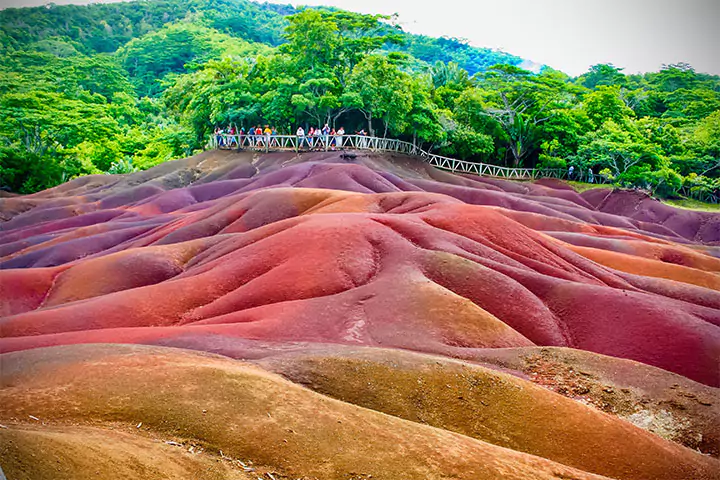Port Louis
Port Louis, the cosmopolitan capital city of Mauritius was founded in 1735 by the French governor and pioneer Bertrand-François Mahé de La Bourdonnais. Located on the Northwest Coast, Port Louis is the administrative and business capital of the island.
Buzzing with activity during the day, the city is full of cultural and historical treasures that should not be missed. Beyond the central market, which is a focal point for those who want to feel close to the soul of Mauritius, are many historic sites including the Champ de Mars – the oldest race course in the southern hemisphere.
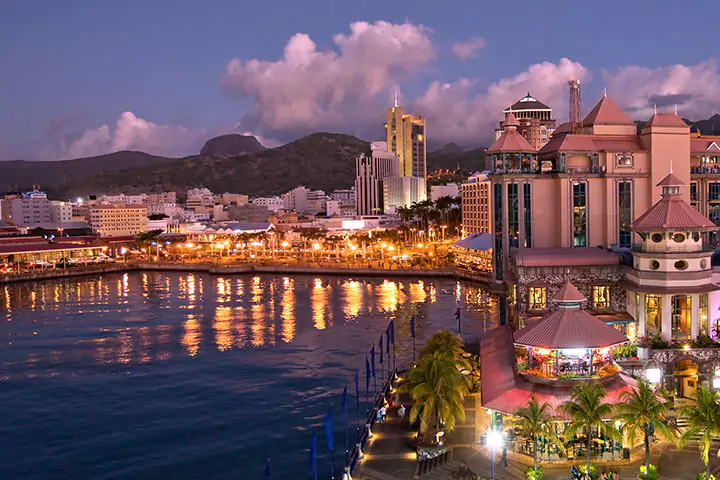
The North
In Mauritius, when we speak of “the north”, Grand Bay is the first thing that comes to mind. Grand Bay, through sustained development, has become the premier tourist destination of Mauritius.
The starting point of nautical trips to the northern islands and other sea activities, Grand Bay has two beaches, one of which is “La Cuvette, a discreet hideaway, where you can still found the rare “tec-tec” hidden in the sand, small white shells that need to be preserved.
Take a walk through the narrow streets behind the main road and enjoy what the small local boutiques have to offer. Known for its wide variety of restaurants and its nightlife, you will immediately be drawn to this charming and exuberant village.
Another picturesque village in the north of Mauritius is Cap Malheureux, with its famous red-roofed church, its view of the northern islands and its important fishing community.
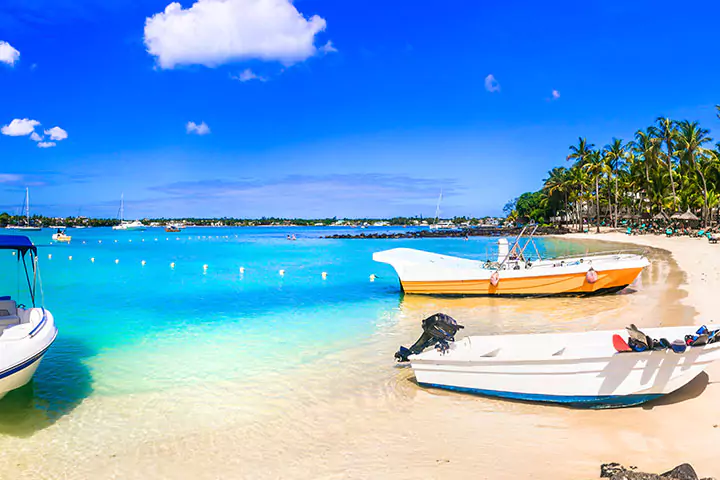
The East
The East coast with its succession of beaches is undoubtedly one of the island’s most beautiful coastlines set alongside emerald coloured lagoons. Punctuated with numerous luxurious hotels and authentic villages, this coast has the particularity of being exposed to the constant south-east trade winds. The several kilometres long Belle Mare beach is its main attraction.
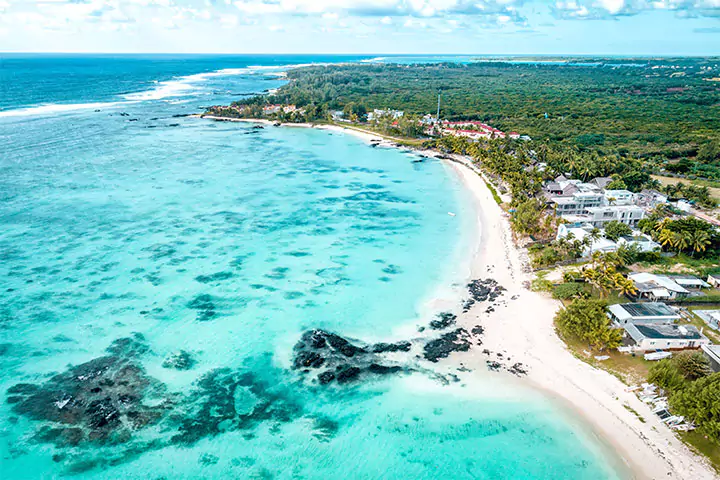
The South & South-East
The wildest and most beautiful landscapes of the island are in the South: sandy beaches bordered by cliffs carved by waves, rocky shores, sugar cane fields as far as the eye can see, and mountainous terrains offering magnificent panoramas. The integrated tourist area of Bel Ombre is also a model of its kind.
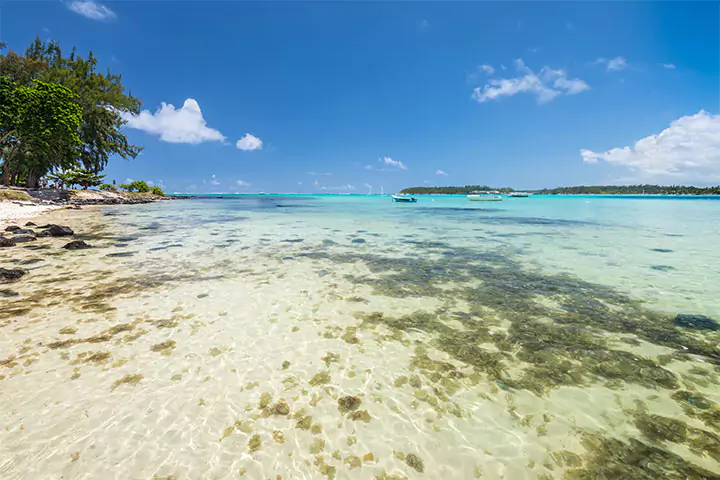
The West & South-West
The West and South-West coasts of Mauritius are the driest areas on the island. At first glance, you could be forgiven for thinking you were in the African bush. Protected from the prevailing winds, the region boasts some superb hotels and lagoons calm enough for swimming, snorkelling, diving, water-skiing, kayaking, pedal boats and sailing activities.
Head to Tamarin Bay, or to the world famous “One Eye” at Le Morne, where you can find the best waves for surfing. Le Morne is also well known by kitesurfers due to the steady winds that blow in from the South-East and accelerate in this corner of the island almost all year round.
The West is where you’ll find the lush Black River Gorges. You can spend the day visiting the different Nature Parks (Casela, Gros Cailloux) in the region, going for walks, great activities for kids and taking in the stunning surroundings. There are even some tame African lions, giraffe and other animals to see.
Do some shopping at the nearby shopping centres and why not try a karting race at Cascavelle? For a truly magical experience, be sure to book a trip to Ile aux Bénitiers and swim with wild dolphins!
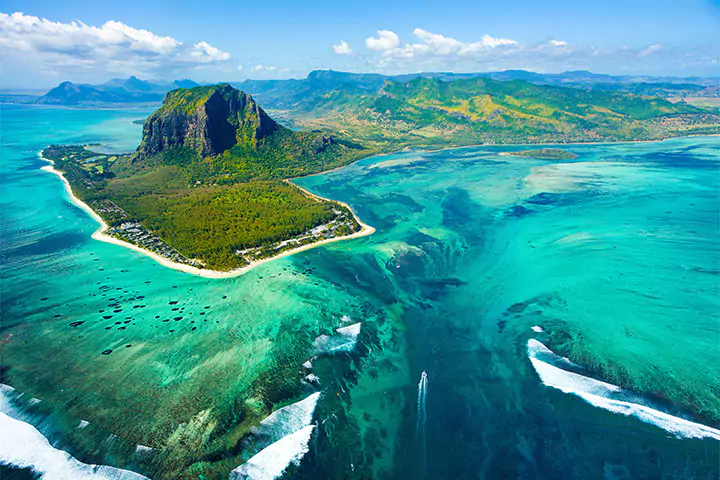
Inland and Centre
Time to leave the usual beaches and try a few excursions inland to get a feel for the heart of the island. Cooler than the coastal regions, the central plateau is situated between 400 and 600 meters above sea level. Starting from the South of Port Louis, this vast urban area is home to about 400,000 people, representing over one-third of the island’s population. High up on the plateau, you’ll also find forests, lakes and plantations that are well worth a visit.
